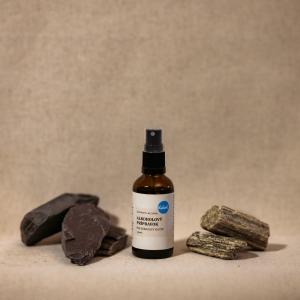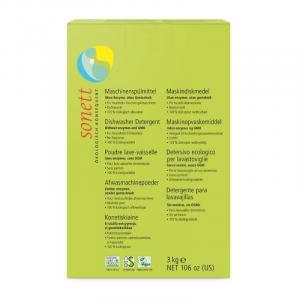Spiny yellowwood (Zanthoxylum armatum)
Other names: yellow winged dogwood, yellow winged dogwood, Himalayan ash, Zanthoxylum alatum, Xanthoxylum armata, toothache tree
Harm score: 1 (Natural substances)
The yellow thorn tree, scientifically known as Zanthoxylum armatum, is a deciduous woody plant native to the regions of South and Southeast Asia. Other names used for this species include the winged yellowwood, flat-leaved yellowwood, Himalayan ash, Zanthoxylum alatum, Xanthoxylum armata or toothache tree. It is a tree growing from 2 to 10 metres in height, recognisable by its characteristic bark with a yellow nettle tone and sharp thorns. Its leaves are aromatic, compound and winged, its flowers are small and white, and its fruits are globose, two-skinned capsules with red to brown seeds.
However, it is the use of yellow thorn wood that is most important. Its aromatic fruits and leaves are used as a spice in traditional Indian, Chinese and Nepalese cuisine. The fruits of the yellow wood have a pleasantly spicy flavour similar to poppy seeds with light citrus notes. The sticks, branches and bark are then used to extract a traditional Chinese medicine that is used medicinally as a remedy for toothache, rheumatism and migraine. The peeling of the bark also yields an essential oil used in aromatherapy. In addition, the wood of the yellow thorn tree is used in carving and pottery, and its fruit in the production of liqueurs and wines. The thorn tree is thus an important source of raw materials for a wide variety of products, and its importance is growing, especially in the context of the growing interest in natural medicine and exotic gastronomy.
You won't find this substance in our products. Try the natural, chemical-free products in our range.

Conditioner for normal and weak hair BIO (150 ml)
Product detail
Alcohol preparation to maintain the hygienic condition of titanium microneedles and treatment roller
Product detail
Car fragrance - BIO orange
Product detail